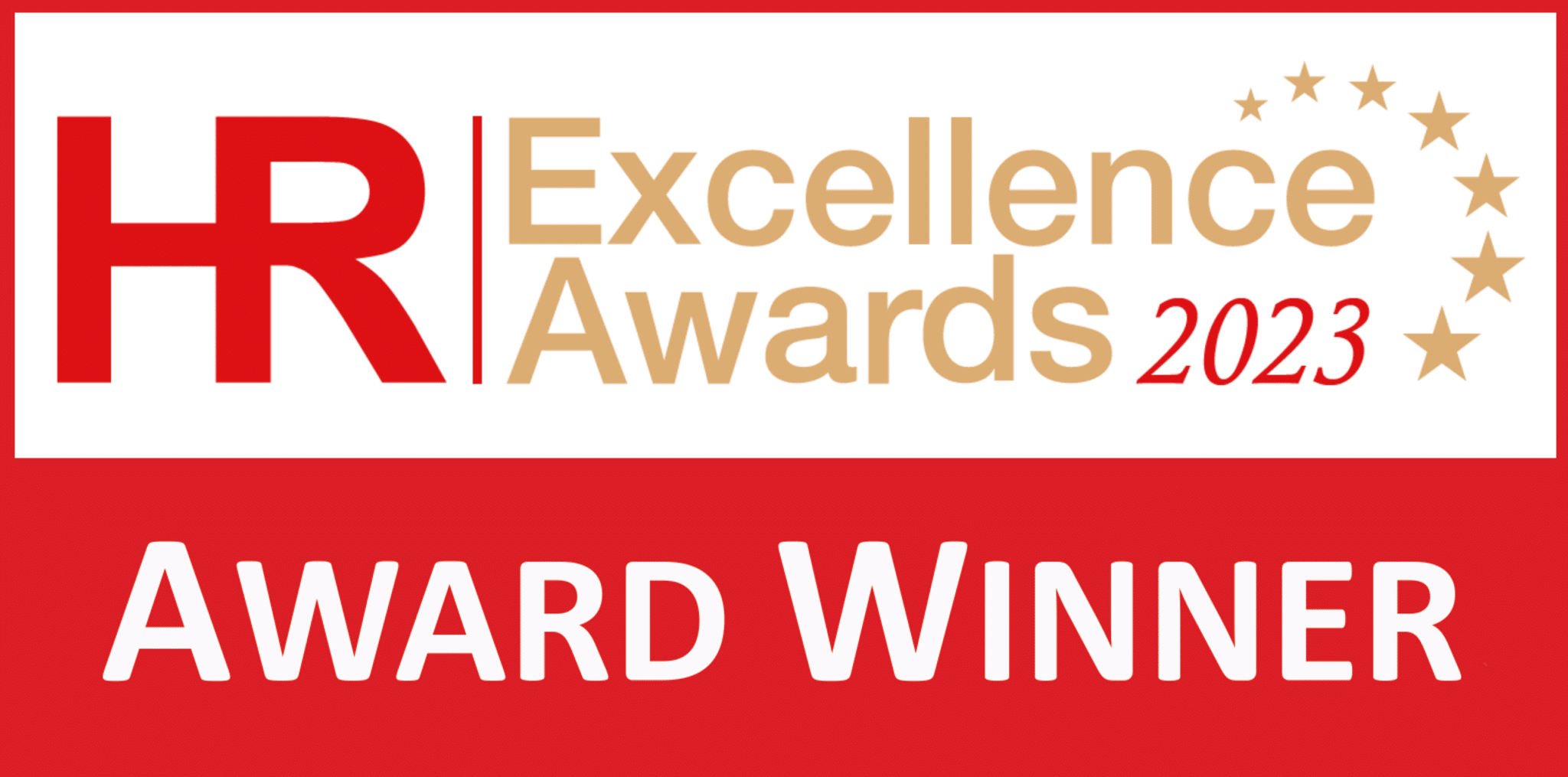Between misconceptions and nebulous new concepts, employee motivation is more precious than ever, waiting to be discovered in a hostile jungle. Today, around the world, one in five employees lacks interest in their work, and nearly nine out of ten feel disconnected from their company’s life. Which approaches should be favored to boost the motivation of your employees? Let’s take a closer look.
In the past, during the tremolo of signing a permanent contract, we lived the good life. The secure life, with the almost eternal assurance of a well-paying salary. And that could be enough for the employee, clinging to the Cartesian rationality instilled since childhood: “Find a good, secure job that pays well.”
Today, the game is changing. Completely. Well-being is now a major player in companies. Tired of a fragmented existence, work on one side, personal life on the other: employees of 2019 demand more flexibility to balance these two aspects of their lives. Moreover, commitment, trust, recognition, training, and a sense of belonging are all elements that a good manager must inevitably consider to motivate their team.
Studies agree: there are three factors that should never be neglected when aiming to motivate employees in a company: recognition (a dish that’s best served hot and at any time, avoiding many burnouts), trust in leadership, and the ability to grow within the company.
Money, Money… Pizza or Compliments?
And what about salary? First common misconception: the better paid, the more motivated. False. Psychology has shown that salary isn’t considered a “reward” but rather something expected. Compensation isn’t a long-term motivation factor. On the contrary, too many monetary rewards might even decrease employee performance. In 2016, Daniel Ariely, a behavioral economics expert, revolutionized the HR world with… pizza! Employees were rewarded either with a 25 euro bonus, a personalized commendation text from their boss, or a free pizza (which could have been vacation vouchers, meal tickets, or healthcare coverage). The result? After a day, the pizza-rewarded group showed the highest motivation. In second place was the boss’s praising text, and lastly… the bonus. In the long run, over a week, the boss’s text messages had the most motivating effect. However, be cautious not to neglect the “money” factor: too low a salary will always lead to stress, frustration, disengagement, and thus… lack of motivation.
Happiness, Above All
A content employee is 30% more productive. On the other hand, someone with the blues is twice as likely to get sick, six times more absent, and twice as uncreative as others. Even worse: unhappiness is contagious. Pessimism spreads like a virus. According to Gallup’s most recent survey on workplaces in 142 countries, titled “The State of the Global Workplace,” one of the most effective ways to boost motivation is promoting well-being. According to the Actineo 2017 barometer, 9 out of 10 employees claim to be more motivated and efficient in well-arranged spaces. Therefore, invest in “Office-Branding”: creating a pleasant and fitting workspace that aligns with your company’s identity (graphic design, colors, etc.).
The Power of Sound
A vast open-plan office buzzing with keyboard typing, ringing phones, and TVs constantly on might not plunge your employees into never-ending, productive ecstasy. Noise equals stress. And nothing is more counterproductive to motivation than stress. Therefore, consider establishing “quiet rooms,” allowing employees to recharge, relax, concentrate better, and consequently become more motivated and efficient. Conversely, music can also be an effective motivational tool, especially for boosting sales. A salesperson’s success depends on their attitude: the sports world has known this for a while – music increases enthusiasm, energy, and dynamism.
Farewell Rigidity, Enter Flexibility
Whenever possible, free your employees from strict schedules. If an employee can avoid morning traffic or can pick up/drop off their children at school or daycare without stress, they will be more relaxed and motivated. It’s a fact: choosing work hours is good for morale and health (which decreases absenteeism rates). Moreover, many companies embrace “intrapreneurship” and allocate between 10 and 20% of work time to personal projects. It’s no coincidence that companies fostering intrapreneurship motivate their employees more and retain the most talented personnel. These 20% of “personal time” have even led to the creation of Google’s most popular products (Gmail, Adsense, and Google News, …).
Apply the “52/17” Rule
Employees are more productive when they take frequent breaks. According to “DeskTime” (a productivity app), the most high-performing employees work intensively for 52 minutes before taking a 17-minute break to completely change their mindset and return stronger. Encourage employees to converse during breaks, build connections, play table football, or take a short walk outside.
Ignite the Enthusiasm
Motivating means involving. Therefore, integrate your employees into your company’s culture. In the United States, the company Zappos (a shoe retailer) understood this well. They even offer a €2000 bonus to employees who don’t fully align with their values, encouraging them to resign. The idea is to be surrounded exclusively by hyper-involved individuals who will consequently be more motivated. Put effort into “Team-Building”: picnics, barbecues, escape games will strengthen the bonds between employees and management. Some companies even install a gong to create a “shared tradition”: the gong sounds at each piece of good news, fostering a sense of belonging.
Add Spice to Challenges
Just like routine, simplicity kills motivation. Remember the American company P.Duff & Sons, which introduced the first powdered cake mix in the 1940s, requiring only the addition of water. Housewives (the company’s target audience) rejected the product, and it failed. It was too simple and didn’t make its user feel accomplished. Once the process was made more complex (by adding fresh eggs), the product’s sales soared. The same principle can apply to employees: giving them new, more complex tasks and increased responsibilities boosts their confidence and motivation. Involved employees invest 57% more effort into their work, according to PWC (https://www.pwc.com/us/en/about-us/corporate-responsibility/assets/pwc-employee-engagement.pdf).
The Power of Women
Workplace quality improves when women are part of management. On average, employees are more enthusiastic and motivated when a woman is their direct superior. Overall, women tend to encourage their colleagues more and acknowledge their work better. Gender pay equality is also an extremely effective motivational lever that should not be overlooked. Balanced compensation creates a calming, unifying, and stimulating environment, which also attracts new talents. Today, 60% of master’s degree graduates are women. Improving gender equality is thus guaranteed to attract more young talents.
A study by “Credit Suisse” (http://www.calstrs.com/sites/main/files/file-attachments/csri_gender_diversity_and_corporate_performance.pdf) shows a clear correlation between a workplace where parity is respected and improved performance. To top it off, companies with over 10% of women among their leaders earn, on average, 41% more than others (https://www.huffpost.com/entry/gender-diversity-business-study_n_5945312?guccounter=1).
There are many ways to motivate employees, so it’s up to you to choose your own!




